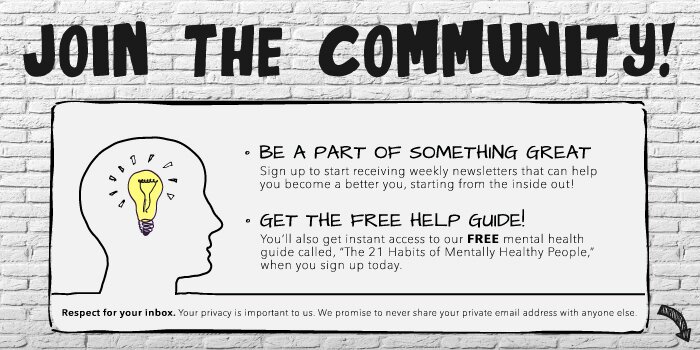Experts Say Suicide and Death From Intentional Self-Injury Happens More Than We Think
According to the Centers for Disease Control and Prevention, suicide is the 10th leading cause of death in the United States, but Dr. Ian Rockett, professor of epidemiology in the School of Public Health at West Virginia University, says the problem is bigger than that. In the latest issue of JAMA Psychiatry, he proposes a way to address it.
Dr. Rockett and Eric D. Caine, M.D., chair of the Department of Psychiatry and director of the Injury Control Research Center for Suicide Prevention at the University of Rochester Medical Center, say that self-inflicted injury is actually the 8th leading cause of death, above kidney disease, pneumonia, and influenza.
When a person dies, state or local officials determine whether the manner of death was the result of injury (homicide, suicide, accident, or undetermined) or from natural causes, but many fatal self-injury acts are not labeled as suicides.
For example, many deaths caused by self-poisoning, which includes drug overdose, are categorized as accidents or unintentional deaths due to a lack of evidence of suicidal intent at the time of death, despite a preceding pattern of self-injuring behaviors.
To complicate matters, determination of manner of death can vary from county to county and state to state, depending on statutory guidelines, reporting systems, investigations, and other considerations.
In JAMA Psychiatry, Rockett and Caine emphasize that separating drug-intoxication suicides from those labeled as accidental or unintentional injury death
…masks the overall magnitude of fatalities arising from deliberate, self-destructive behaviors. In so doing, it mutes the urgency for demanding effective preventive interventions, and is problematic as the nation experiences a persisting and growing epidemic of opioid and other drug-poisoning deaths.
Dr. Caine and I believe that it hurts the search for understanding and prevention if the self-injury category arbitrarily is split into suicides and so-called “accidents,” when most drug-intoxication deaths involve self-harm and deliberate behaviors.
At a time in the U.S. when there is increasing urgency to stem the tide of prescription- and opiate-related overdose deaths, we are failing to appreciate that most often the life circumstances and behaviors that contributed to these tragedies were similar to those we label as suicide — except, in the latter, the intent to die was more clearly expressed. However someone felt immediately before death, many of the public health strategies to prevent these problems and preserve life are the same.
We must begin to recognize and address the growth of deaths from self-harm through sustained interest, concern and action. Successful prevention and treatment of drug abuse and misuse will have a positive multiplier effect psychologically, socially, and economically.
The commentary by Rockett and Caine appears in the Viewpoint section of the September issue of JAMA Psychiatry.
Related Reading
September Is Suicide Prevention Month: Here’s What You Need to Know
Biomarkers and Apps for Suicide Prevention Show Promise, Study Says



